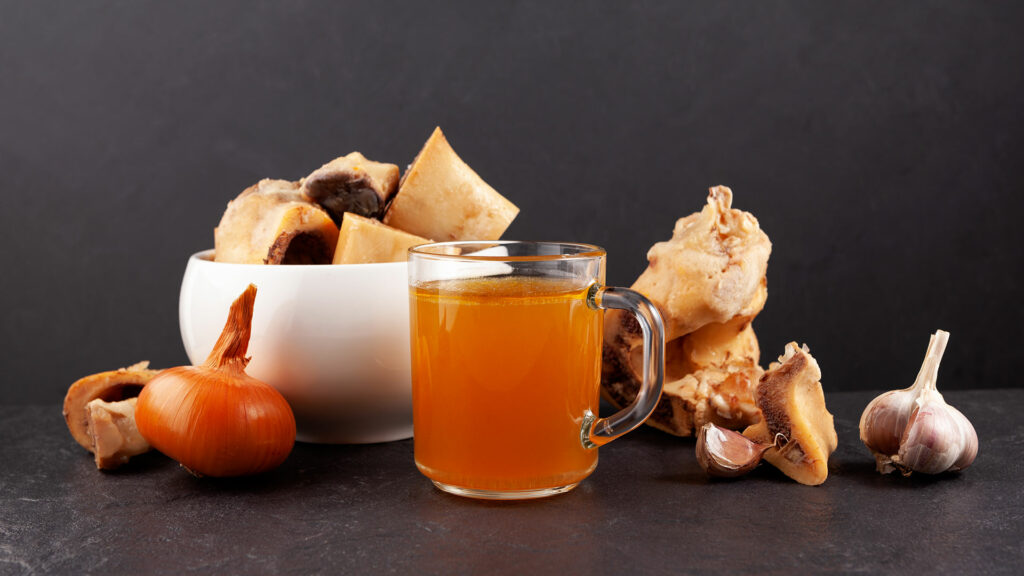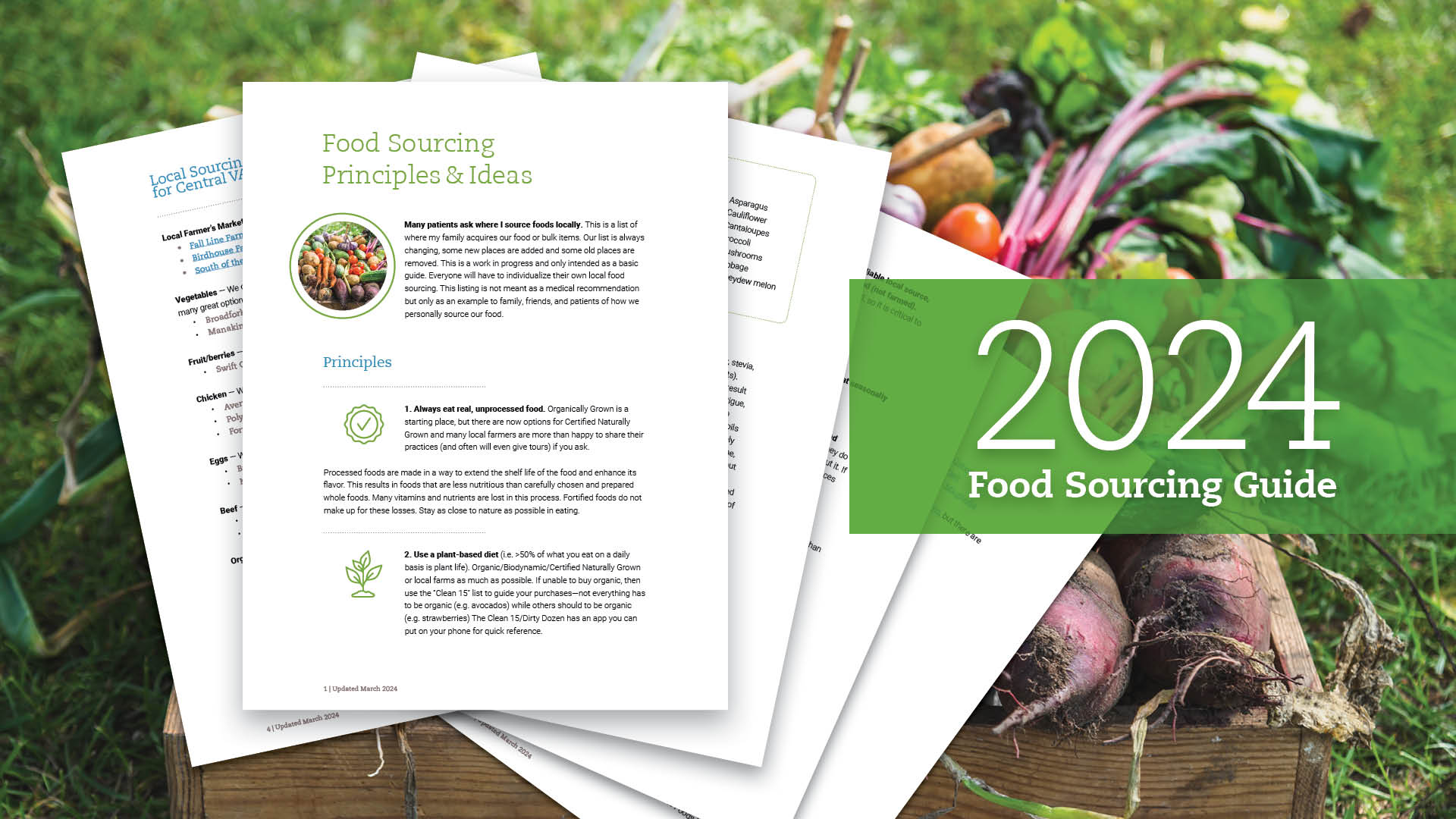Coach’s Corner: An Easy (and Cheap) Way to Add More Collagen to Your Diet

Jeni O'Neill
October 6, 2022

Subscribe
Never miss out on new content from Dr. Hartman.
Making your own bone stock is a great way to stretch your food dollar a little further, add some important nutrients to your diet, and reduce food waste.
What’s So Great About Collagen?
We see collagen supplements in almost every store, making various claims for healthier joints, skin, nails, hair, and more. The benefits of collagen are definitely more than the hype. In fact, research has shown that oral collagen supplements can increase skin elasticity and hydration. Collagen has been shown to improve joint functionality, reduce joint pain, and even improve body composition, strength, and muscle recovery. Whether your goal is to look great, feel great, or walk without pain, it seems that collagen is an important protein to consider.
Why Don’t We Get Enough Collagen From Our Diets?
Collagen supplements have become very popular because we don’t get much collagen from our modern diet. So you might be wondering what is different about our diet today that keeps us from getting enough collagen. How did our grandparents get collagen without a supplement?
Our grandparents cooked meat on the bone and made stock. When cooking a chicken, they used all parts of the chicken, cooking the meat on the bone, then making stock with the bones and even the feet! When cooking beef, they also cooked it on the bone and used the bones for stock. Today, we cook most of our meat “boneless” which, while it adds some convenience, removes a significant nutritional benefit.
We also don’t eat as many whole foods which give our bodies the building blocks we need to make collagen. To make our own collagen, our bodies need adequate vitamin C, zinc, copper, and glycine, for example. So, nutrient deficiencies can also prevent us from making collagen.
How To Get More Collagen While Saving Money And Reducing Food Waste
With rising food prices lately, we might be tempted to skimp on food quality in order to keep that food bill within budget. What if you could save money while also getting more nutrition from your food? Here are two ways to do just that.
Cooking meat on the bone
The next time you’re buying meat, I’d invite you to consider meat on the bone. Not only will it taste better (all of that extra flavor and collage IS delicious), but it will be more nourishing for your body than a boneless cut.
Making stock with the bones
What to do with those leftover bones? Make bone broth! You can make it on the stovetop, in a slow cooker, or in an instant pot. It’s so easy and you really can’t mess it up. I’m including a recipe below, but you really don’t need one. Simply put the bones in a pot with some water and spices (optional), then simmer them for a long time.
Bone Stock Recipe:
- Save your bones from a roasted chicken. You can keep these in a “stock bag” in the freezer if you’re not ready to make stock in the next few days. I also add leftover pieces of vegetables such as onion and celery ends to my stock bag in the freezer.
- When you’re ready to make stock, add the bones and any juices or drippings from the chicken along with water to cover the bones, a tablespoon or two of apple cider vinegar, some salt and peppercorns, and (optionally) some aromatic vegetables (carrots, onion, celery) or herbs that you have on hand.
- Bring to a low boil, reduce the heat, cover and simmer for at least 90 minutes and up to 12 hours, adding water as needed. Alternatively, you could cook it in a slow cooker for 8-12 hours or in an instant pot for 90 minutes.
- Put in containers and stash in the fridge or freezer.
Now that you have jars of delicious, homemade bone stock in your fridge, what to do with them? There are lots of ways to use your stock including just drinking it, making soups or stews, making pan sauces, or using it instead of water when making rice or quinoa. Adding some bone stock to your favorite recipes in place of water is also an easy way to add flavor and nutrition.
What tips do you have on increasing the nutrient density of your diet while saving money and reducing waste? Head over to Instagram or Facebook to let us know!
Since 2010, Richmond Integrative and Functional Medicine has been helping people to restore their health and hope with an integrative approach to conventional and alternative medicine that’s entirely science-backed. We at RIFM believe everyone is made for health. We offer a comprehensive, in-person patient membership program to ensure you get access to the care you need to thrive.

